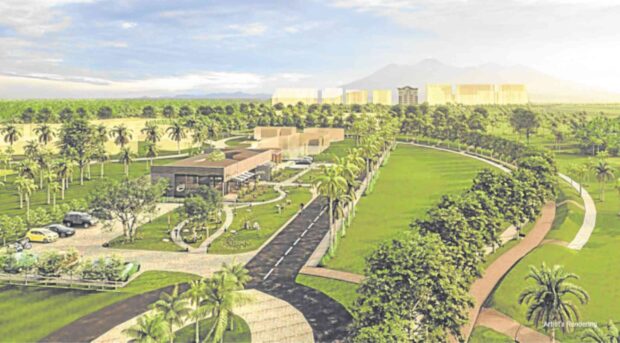
Colliers believes that developers should also seize growing demand for resort or leisure-themed projects especially in Batangas.
(Conclusion)
Given the increasingly competitive environment especially among masterplanned projects, we believe that developers need to distinguish their projects from others. The developers’ differentiation strategies must be anchored on placemaking or the multifaceted approach to the planning, design and management of public spaces. Under this method, “developers assess each community’s distinct assets and potential and eventually build facilities that will maximize those features.”
At present, we see more hospitals and schools being built within integrated communities. Other developers have been more aggressive in “differentiating” their communities by integrating entertainment and recreational facilities for outdoor sports such as football fields, wakeboarding facilities, sports hubs, concert halls, amusement parks, and roller coaster ziplines.
A well-thought-out placemaking strategy should keep people interested to stay in an integrated township. Overall, placemaking should help transform places into destinations where people can synergistically converge. It is extending beyond the live-work-play lifestyle and ensuring that access to basic commodities and essential services is within reach.
Colliers believes that merely developing masterplanned communities won’t cut it. Hence, the need to aggressively differentiate in the market. This is also important because these integrated and masterplanned communities feature office, residential, and retail projects and it is crucial for these developments to attract office tenants, residential investors, and mall tenants.
Moving forward, a differentiation strategy might also include the development of green and sustainable office buildings, residential towers, and hotels within these massive integrated communities.
Expansive developments in Southern Luzon to capture thriving demand
Following the improvement of the country’s infrastructure network is the expansion of developers’ foothold outside of Metro Manila. Over the past few decades, we have observed a heightened interest from national property firms to start developing key areas in north and south Luzon and secure first-mover advantage in these prime areas for development.
Over the past years, Cavite has been known as a suburban support area to Metro Manila. With its relatively cheaper housing costs, Cavite has drawn hundreds of thousands to settle within its boundaries but who still commute daily to their jobs within Metro Manila. But the improvement of road networks in the South enabled Cavite to come to its own as an urban center and rise from its previous image as a mere suburban support area to Metro Manila. We see Cavite’s further development as a major property investment destination given the launch and/or completion of key infrastructure projects such as LRT 1 extension, LRT 6, and Cavite-Laguna Expressway (CALAx). These projects should provide necessary access to growth areas in Cavite. Land values and property prices are already rising in Cavite and we project further appreciation moving forward.
Cavite and Laguna are popular property investment sites in the south. But Colliers believes that developers should also seize growing demand for resort or leisure-themed projects especially in Batangas. National developers which previously focused on Metro Manila are now seizing demand for these beach properties in Batangas. We only see a heightened interest for these projects moving forward.
Lack of developable land compels property firms to develop up north
Colliers believes that Bulacan will play a vital role in raising the quality of property projects in Central Luzon. Colliers sees more aggressive landbanking initiatives in Bulacan as developers take advantage of the locale’s major public projects due to be completed over the next two to four years. This should set the stage for greater acquisition of parcels of developable land in the province and the eventual launch and development of more masterplanned communities.
Pampanga has long been an attractive property investment destination in Central Luzon but aside from the country’s culinary capital, developers should also start focusing on potential demand for offices, residential units (condominium and house and lots), hotels, and industrial parks in Tarlac.
Alternative landbanking and property development options
Due to brisk private construction over the past 40+ years and lack of developable land in Metro Manila, developers have also started to acquire reclaimed land. Land values in reclaimed areas have significantly increased due to the growing appetite for office, residential, hotel, and retail projects.
The lack of developable land in established business districts in Metro Manila has compelled developers to look for alternative landbanking options. The popularity of reclaimed developments in the Bay Area is gaining traction among developers and this reinforces the viability of reclaimed land as a highly feasible landbanking strategy.
The viability of mixed-use projects in the reclaimed Bay Area is strengthened by the mix of completed and proposed public infrastructure projects nearby including the NAIA Expressway, Light Rail Transit (LRT) 1 Cavite Extension, and even the massive Metro Manila subway.
Quo vadis, Philippine property?
No one knows what the next major property investment opportunity will be, but I am sure national developers are on the lookout. The next major property upside could be locational, or an opportunity from a recently-enacted economic policy.
The Philippine property market is up for a turnaround after a black swan event in 2020. Despite some uncertainties surrounding the opportunities, capturing the first-mover advantage will be crucial for any developer.

